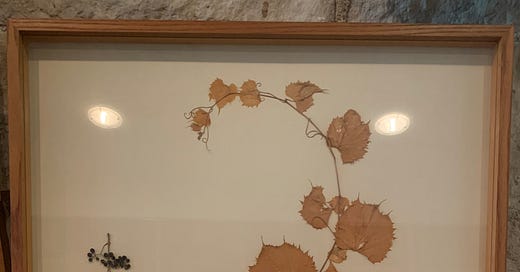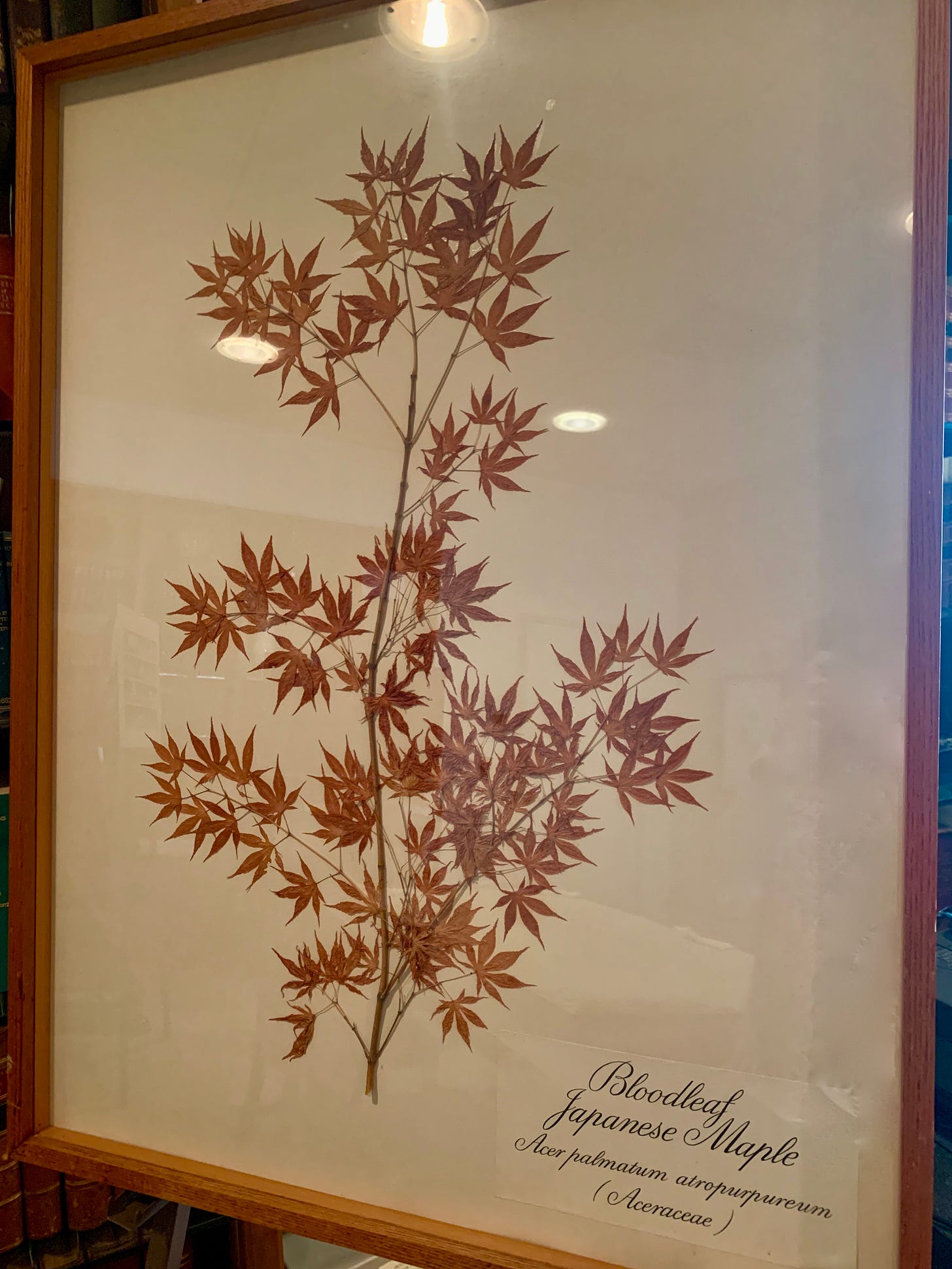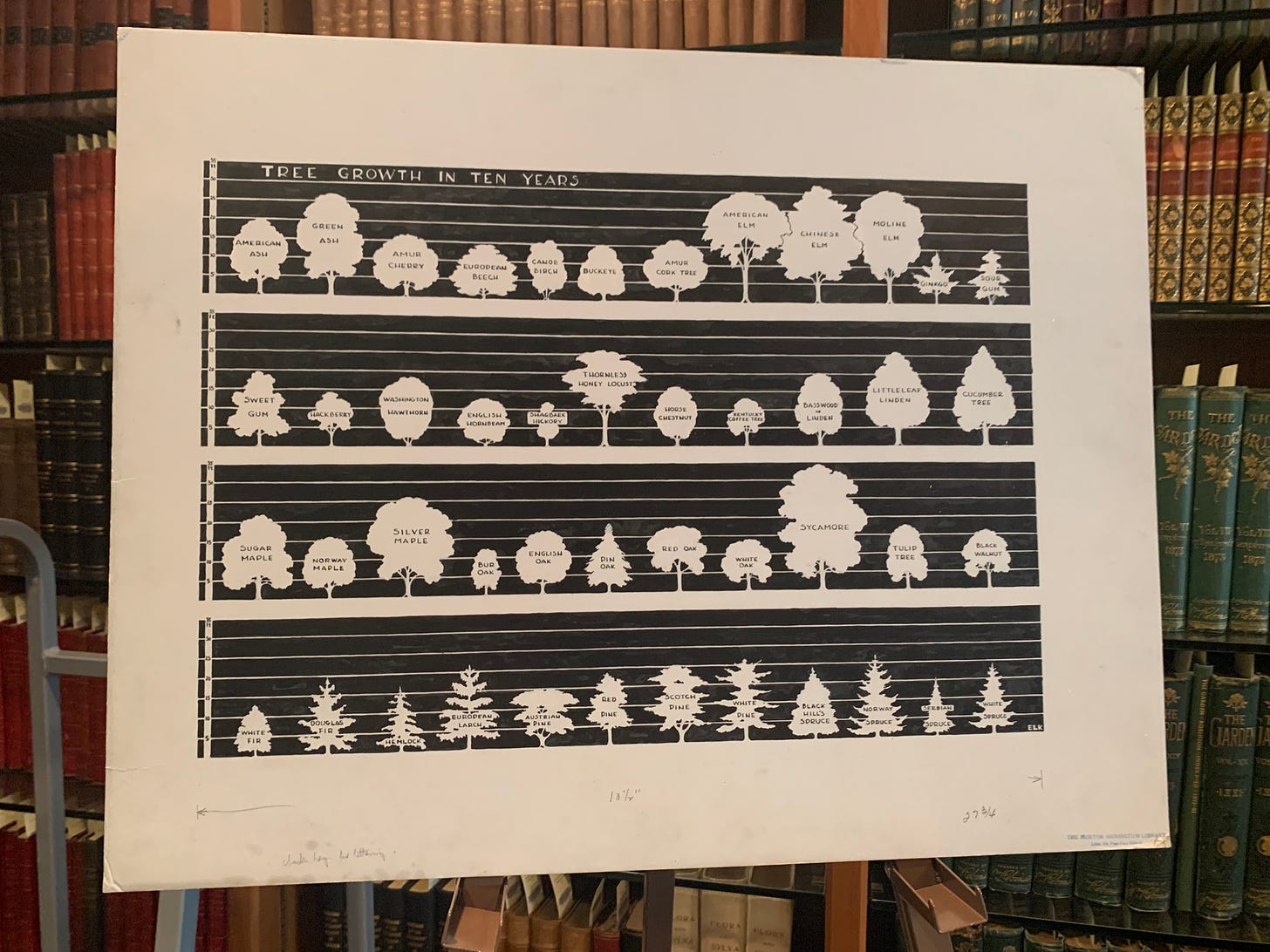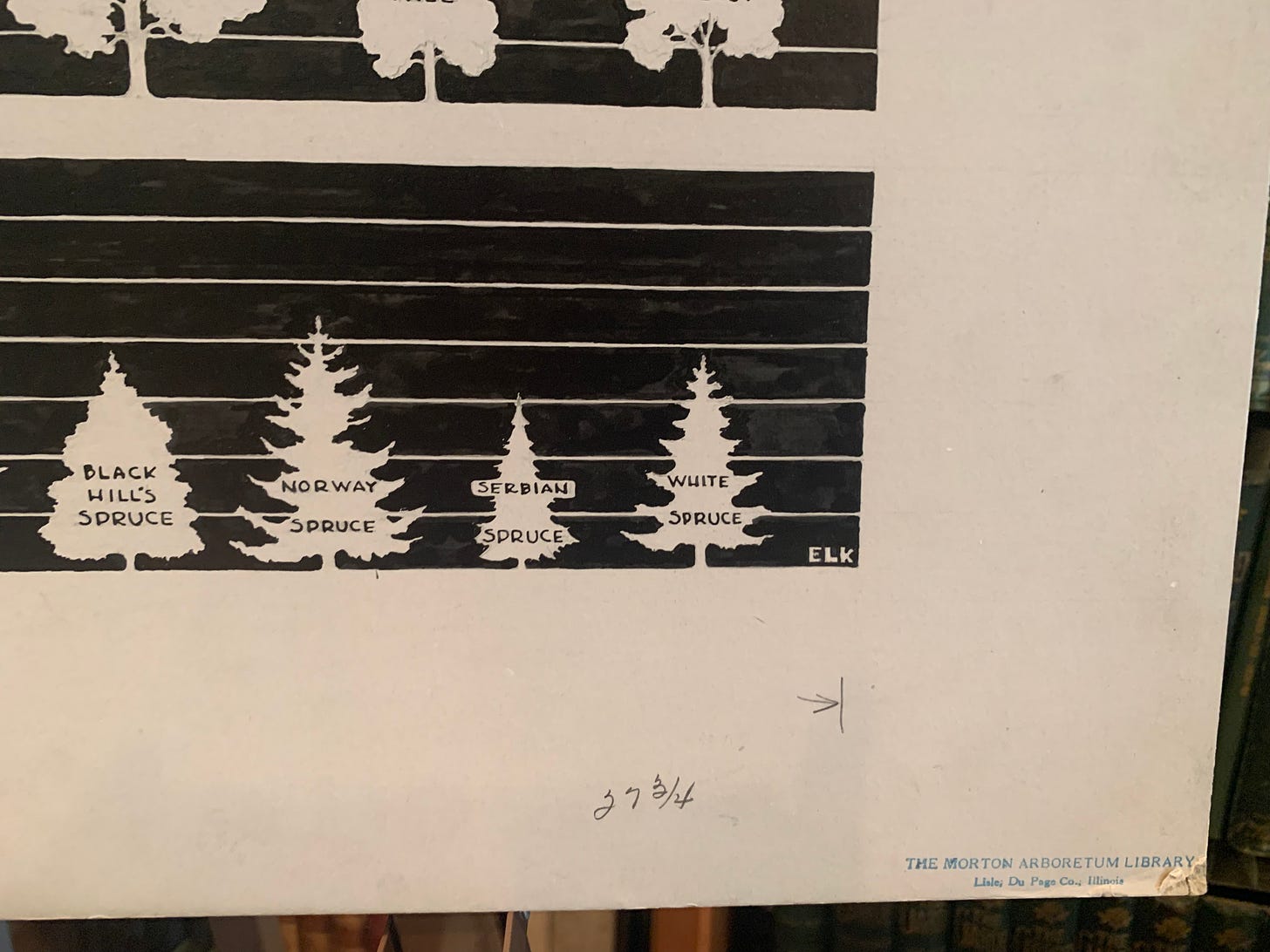Everything covered with a think blanket of snow this AM. Branches of trees and shrubs very picturesque in their winter beauty. Variations in texture emphasized specifically. — Lowell Kammerer’s journal, January 23, 1932
Communicating information, especially when it’s niche or full of jargon, is far from a simple task and is challenging to do well. I know this struggle firsthand, as someone who works in health communication — expressing what you are trying to convey can be daunting. It isn’t easy to compress the vast knowledge you possess on a given topic and then regurgitate it in a form useful to the general public. But it is truly critical work, work that doesn't always get the recognition it deserves in academia, industry, or life in general (shoutout to all the science communication people out there, truly doing the most! I appreciate you.)
Taking data sets and research and transforming them into something beautiful adds a layer of difficulty to an already challenging endeavor. The Morton Arboretum has been extremely lucky to benefit from the talents of a handful of people who were and are masters at this, probably the most well-known being May Watts. But in my research, I’ve come to realize that my grandfather, too, had a passion for thinking about horticultural science through a lens of beauty and art.
I’d give anything if you could see the Arboretum today - with Crabapples, Wild Plum, Hawthorn, Redbud, and flowering Dogwood all in bloom at the same time — and such a profusion of flowers — so many that not even leaves or stems are visible. In all the years I’ve been here things have never been so lovely. — Letter from Lowell Kammerer to his brother Robert, July 10, 1946
The Herbarium
When I visited the Morton Arboretum’s (incredible) library at the beginning of July, the Library Collections Manager (who has been indescribably helpful in my research — thank you, Rita!) had pulled out of the arboretum’s archives a couple of large herbarium pieces that my grandfather had created. She went on to tell me that the framed specimens had hung in the Ginkgo Tea Room (originally on the second floor of the Administration Building) at one time.
In fact, I was able to find a photograph in the library’s collections showing the Ginkgo Coffee Shop many years later with what appears to be some of these same herbarium prints on the wall.
All told, she said the library has six or eight specimens mounted in this large-format (and that one still hangs in the arboretum’s research wing). Besides serving their purpose as instructional herbarium specimens, these displays are strikingly artistic.
Even all these decades later, the mounted branch of Japanese Maple has maintained its intense red color.
I think these herbarium specimens encapsulate many of the things my grandfather focused on in his work — observing flora and fauna, maintaining varied and intriguing plant collections (living and not), appreciating the artistry of nature, and honing his own artistic sense and vision.
My curiosity is aroused abut your report of fuzzy pink blossoms - and I wish you could pick a small spray and enclose in an envelope for identification. Why don’t you take an evening walk and do some collecting for the good of horticulture? — Letter from Lowell Kammerer to his brother, Robert, April 9, 1959
The Bulletin of Popular Information
In the arboretum’s Bulletin of Popular Information, which was my inspiration for the name of this newsletter and which ran from the 1920s through the mid-1960s before being replaced by a new publication in 1965 (the Arboretum Quarterly), my grandfather wrote extensively about not only practical plant information, but his own observations of the arboretum grounds, collections, and wildlife. There are a few issues where, in a similar spirit to May Watts’ illustrations, he took useful data about trees and translated them into easy-to-read diagrams. I was able to view an example of this during the same early July visit to the arboretum library where I had the chance to view the herbarium specimens:
This illustration was reproduced (obviously on a much smaller scale) in an issue of the Bulletin and showed comparative tree growth of various species at ten years of age. One of the things I love most about this piece is how detailed it is while still being useful at a glance — an impressive example of combining expertise and art to communicate knowledge effectively.
For most of my life, I didn’t know that my grandfather was an artist (or a writer, for that matter). I knew he was a landscape architect and horticulturist at the arboretum, but until fairly recently, I hadn’t read any of his writing or seen his sketches. So when I started on this journey of discovering who he was and what he left behind, I was surprised by how artistic he was in so many facets of his life. My dad has since mentioned that he always thought of his father as an excellent artist who drew and sketched often.
Made an arrangement of light blue Delphinium (picturesquely twisted spike) large lemon yellow Hemerocallis blossoms, purple Clematis and Hosta grandiflora leaves. Used boat shaped Japanese container. Effective! — Lowell Kammerer’s journal, June 28, 1946
A few weeks ago, I had the privilege of meeting with Carol Doty, who worked in the library and later in education at the arboretum. She started working at the Morton Arboretum a few years before my grandfather passed away, and besides my dad is the only person I’ve had the chance to speak to who knew him personally. She described him as being a very intense plant person and horticulturalist as well as artistic and emphasized the juxtaposition of research and art that I have picked up on throughout his work — saying that he was both a keen observer of plants and had the talent to write extraordinarily well about what he observed:
Well first of all…in addition to being a very deep plants person and horticulturist he was very artistic. And he, whenever you came in, the main entrance was right here [where the library doors are] at that time. And whenever you came in there was a beautiful, big bouquet or arrangement of whatever was current.
He was the ultimate researcher in terms of his observations, his sensitivity, his awareness…and he was able to write, very well, about it…we never had anybody who wrote as well as he did.
His artistry clearly made an impression on everyone around him, and I have to believe he would want his legacy to be comprised of not only his contributions to the horticultural world but also his artistic vision. Hopefully, by highlighting his unique aesthetic sensibilities and how his knowledge of plants influenced his artistic endeavors, I can bring the artsy side of his personality into sharper focus.
Thank you for subscribing! And if you’re not subscribed yet, you can do that right here. You can get newsletters for free, but there are also paid subscriptions that will offer you access to additional content.
If you have topics you’re interested to hear more about or feedback for me, please feel free to let me know in the comments.
If you like what you’ve read so far, sharing Bulletin of Remarkable Trees with your friends would help a whole lot!







